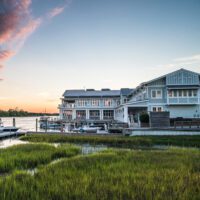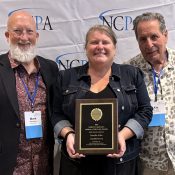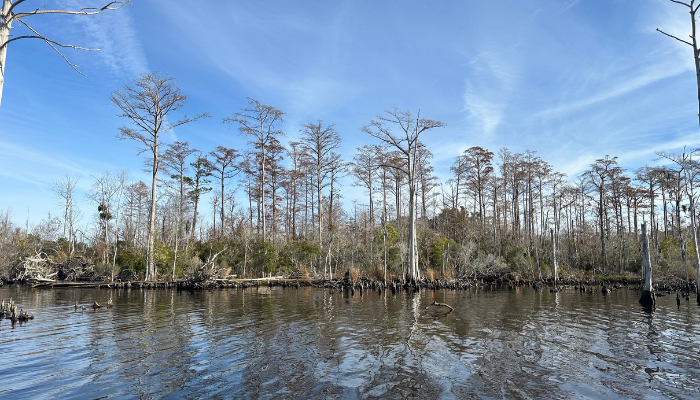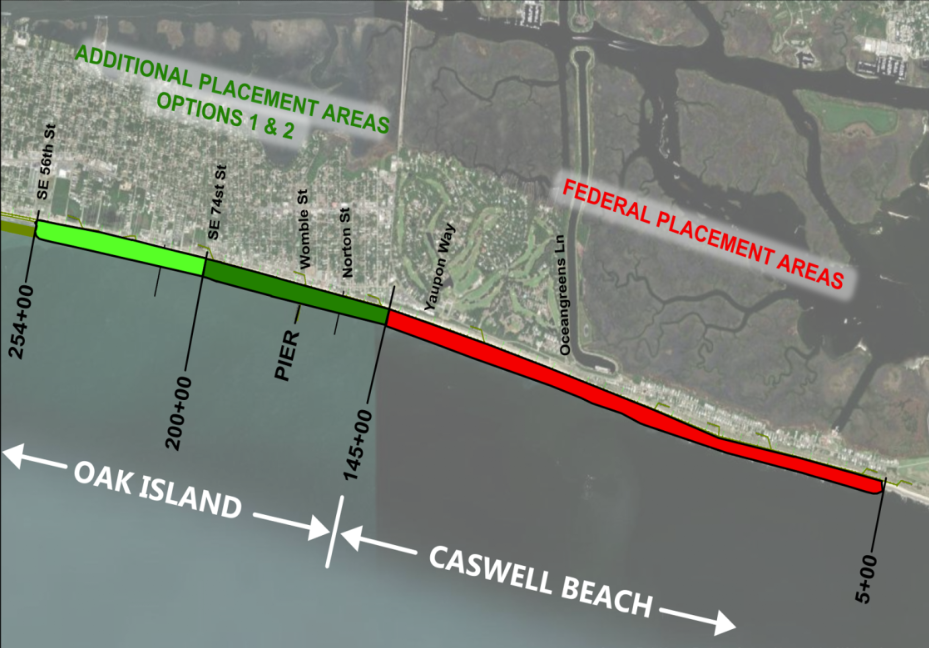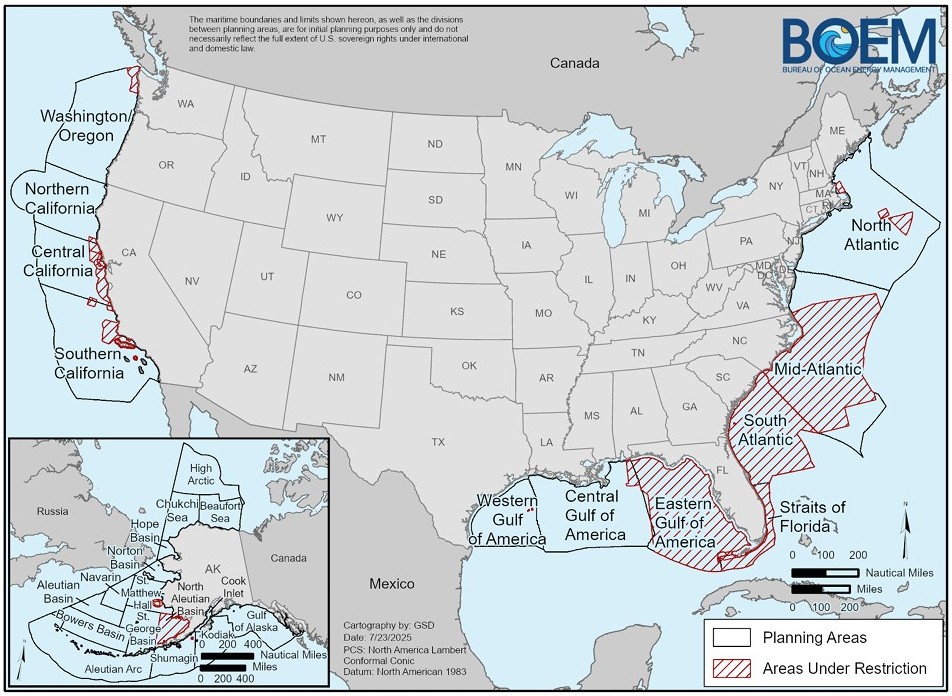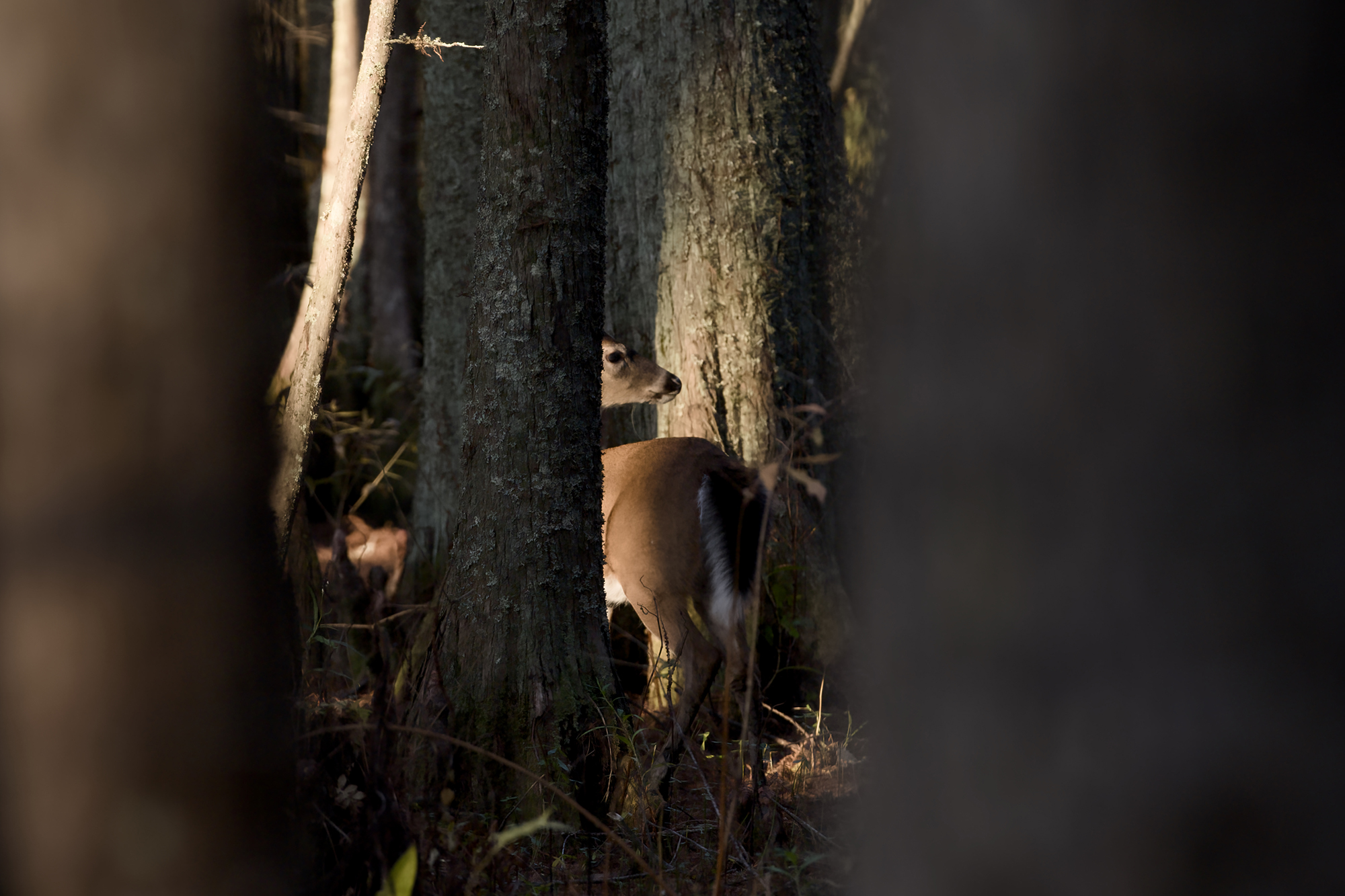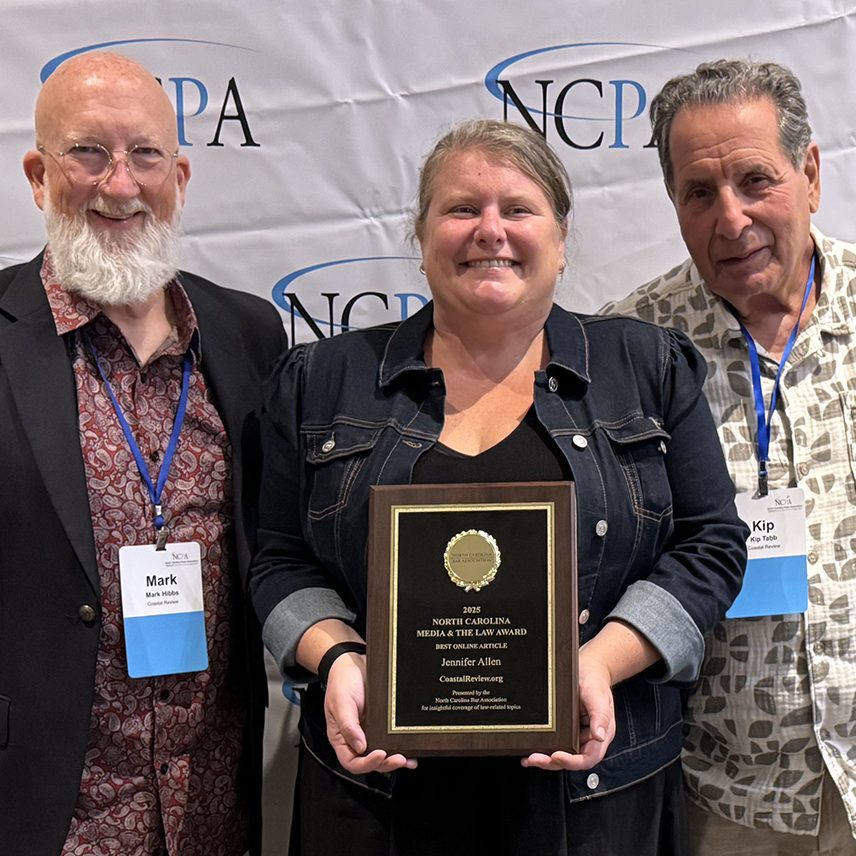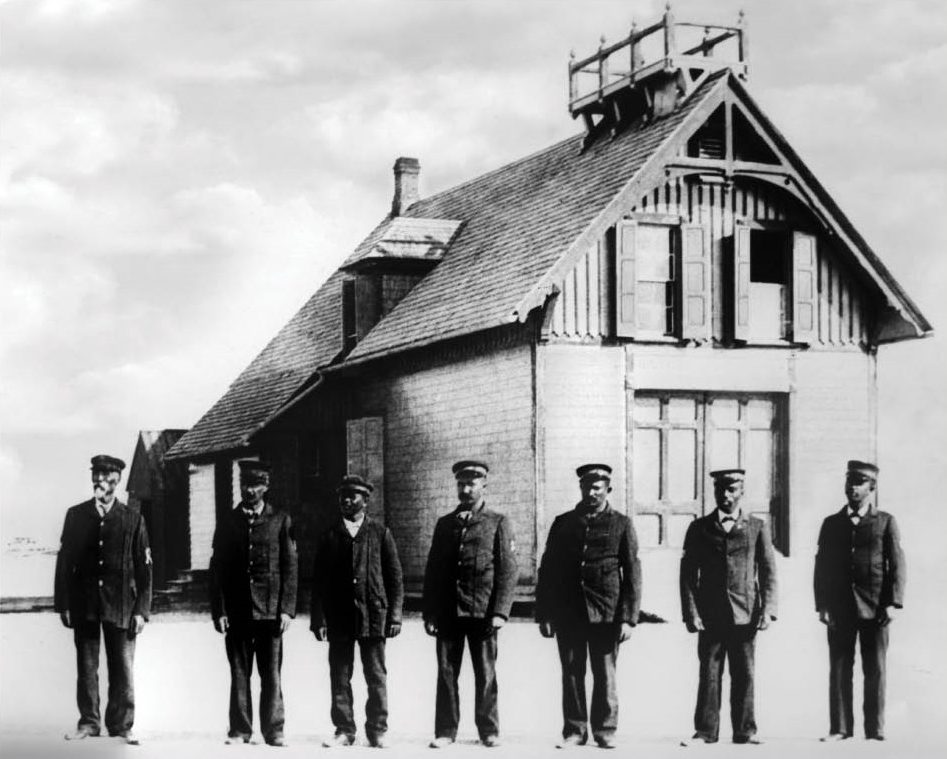
Saturday marks the 129th anniversary of one of the most daring ocean rescues in the history of the U.S. Life-Saving Service, the predecessor to today’s Coast Guard.
On Oct. 11, 1896, during hurricane conditions and in the darkness of the night, Keeper Richard Etheridge and the all-Black surfmen crew he commanded at the Pea Island Life-Saving Station — Benjamin Bowser, Dorman Pugh, Theodore Meekins, Lewis Wescott, Stanley Wise and William Irving — saved all onboard the shipwrecked E.S. Newman.
Supporter Spotlight
Among the survivors were the captain, his wife and 3-year-old son, and six others.
At the time of the rescue, its depiction was limited to just a short paragraph in some news sources. There was no mention of an all-Black crew having performed the rescue. While now many more are aware of the heroic rescue, the story is still not widely known. Today is a special time to remember it, and to think about the history the Pea Island station represents.
Before selected to take command of the Pea Island station in January 1880, Etheridge had served as the lowest-ranked surfmen at a neighboring station. After he assumed command, and throughout the period the station was active, it was staffed primarily with Black commanders and all-Black surfmen crews, long after Etheridge’s death in May 1900.
In 1949 the Pea Island station was decommissioned, but it had been deactivated a couple of years earlier. In March 1947, my father, Herbert M. Collins, the last left in charge, locked the station’s doors for the last time and turned in the keys to his superiors.
Perhaps just as remarkable as an “all-Black” surfmen crew working on the North Carolina coast decades ago is that Etheridge, the first Black or African American to command the Pea Island station, grew up enslaved. Before being selected, he had also served with the 36th Regiment of U.S. Colored Troops during the Civil War, helping the Union to free thousands who were once enslaved.
Supporter Spotlight
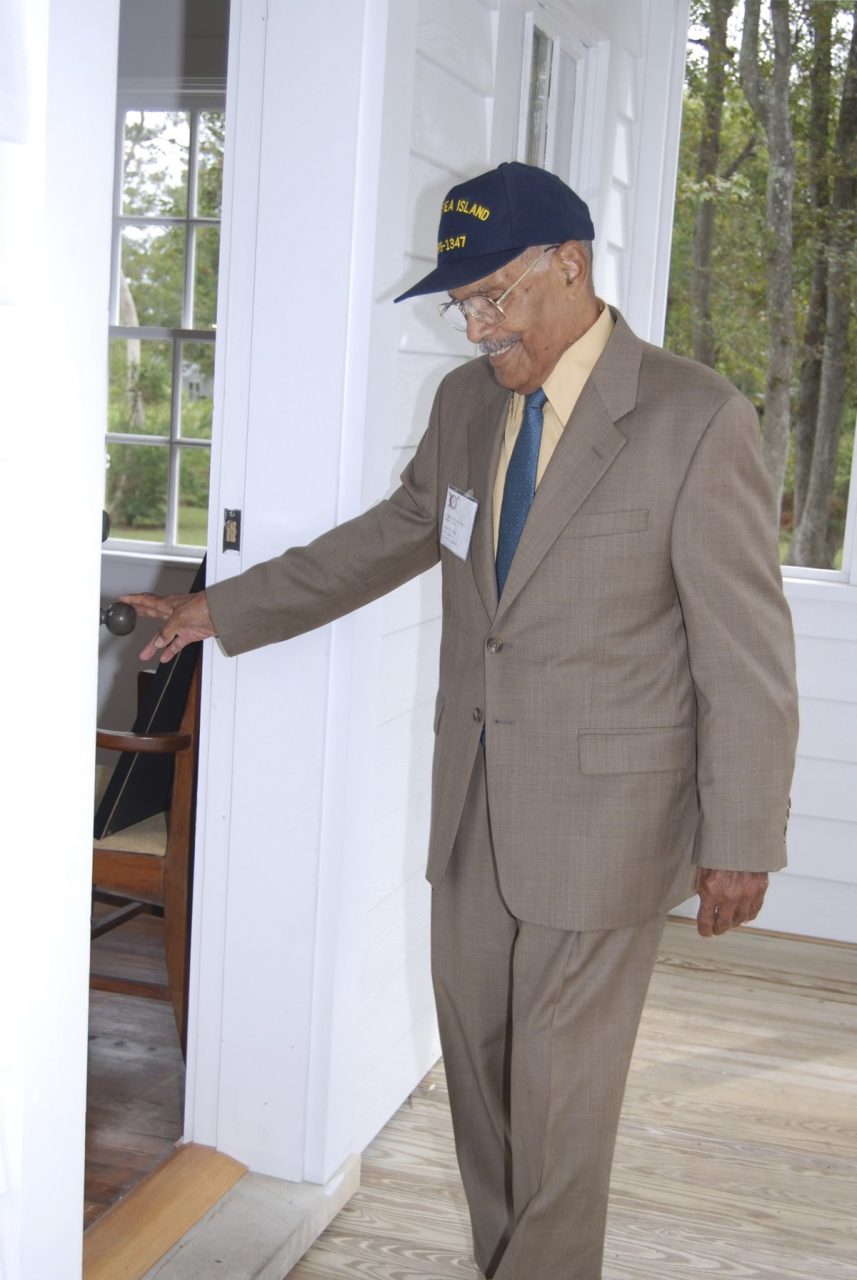
The family history of many who served at the Pea Island, like that of my own father, is also tied to the story of the enslaved. Likewise, the family history of many who served at Pea Island, like my father and other family members who served there, is also tied to the Native American, Algonquian-speaking tribes who once lived along the coast. In fact, although most known for being the first Black or African American to command the station, it is noteworthy that in a 1932 Coast Guard magazine article written by Rodney J. Benson and currently available online, Etheridge was described as being “part Indian.”
The 1932 article asserts the “Pea Island station never had a pure strain negro keeper, white or Indian blood having blended with the African strain.” The article is one of, if not the earliest written mention, as it describes, of “checkerboard-ed” crews, a term used to identify stations with both white and Black crewmembers. It is also reflective of a period when people who served at lifesaving stations along the North Carolina coast were categorized racially in one of two ways, either being white or Black, to determine their status and rights, no matter their racial mix.
The 100-year delay the Gold Lifesaving Medal was finally awarded to the Pea Island crew is a reminder of the challenges and obstacles men who were known as being “Black” in U.S. Life-Saving stations and the early Coast Guard faced. Yet, as the unjustified delay teaches, still many bravely and honorably served.
Etheridge’s selection as keeper in January 1880 made him, as is described on the Coast Guard webpage, “the first African American station keeper in the service and first minority member of any kind to command a U.S. base of operations.” Likewise, at the time of my father’s death in 2010, he was described in a Coast Guard press release as a “Coast Guard Legend,” and especially “in light of the challenges that African Americans faced” during the era he served.
After Etheridge’s selection, and until my father locked the doors for the last time, the Pea Island station was known as being one of the best on the coast.
Perhaps as remarkable as the heroic rescue of the shipwrecked E.S Newman, is the incredible 67-year period the Pea Island station was staffed primarily with Black commanders and crews, especially given the political and social climate at the time. These men faced incredible obstacles. This included serving during the Wilmington, North Carolina massacre and the Jim Crow era in the South.
Having researched and studied the history of the Pea Island station for well over 10 years now, when speaking of it I say that today I understand the smile on my father’s face as he opened the doors of Pea Island Cookhouse Museum to the public for the first time. Likewise, today I better understand the tears William Charles Bowser, his cousin, and who had served at the station before him, displayed when he first learned the Coast Guard’s highest honor, the Gold Lifesaving Medal, would be awarded to Etheridge and his crew.
The anniversary of the Oct. 11, 1896, rescue of nine onboard the shipwrecked schooner, the E.S. Newman, is an important reminder of this history. It is also important to remember the brave men at Pea Island are credited with performing some 600 rescues.
The Pea Island Cookhouse Museum on Roanoke Island is dedicated to honoring their service and legacy. Presently the museum is open for group tours by appointment only. To make an appointment for a group visit, contact the Pea Island Preservation Society, Inc., otherwise known as PIPSI, by email at: friends@peaislandpreservationsociety.com

